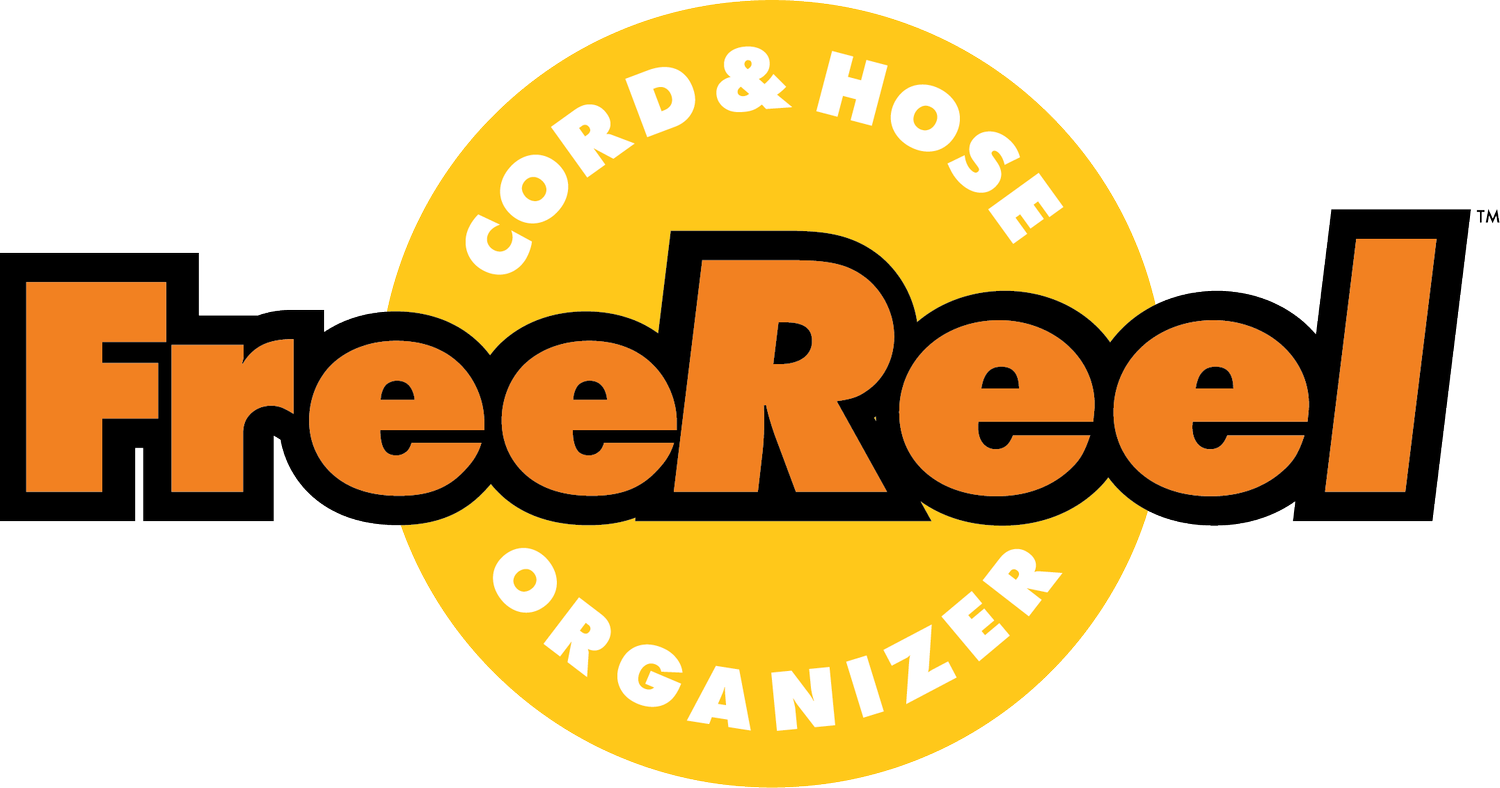Make Your FreeReel Hum!
/The FreeReel does not require maintenance because of the materials used in the FreeReel. The main material used in the FreeReel is referred to as an “Engineered Thermoplastic”. This material has a base of polyamide, commonly known as nylon. Embedded throughout the nylon are short pieces of fiberglass that greatly modify the physical properties of the nylon. The addition of the fiberglass results in higher stiffness, higher strength, and less influence from water vapor content on the dimensional stability of the nylon. In combination, this composite material allows the development of a myriad of products, including the FreeReel, that would not be possible without it.
Back to seasonal tuning of the FreeReel. The FreeReel may have minor changes in dimensions (on the order of 0.5%) because of temperature and humidity changes associated with changes in season. These changes have negligible effect on the performance of the FreeReel. But there is one thing you may want to tune. If it feels like the cord guide is too loose (turning too easily) or too tight (turning too hard), then you can tighten or loosen the nut on the back of the FreeReel. In the picture, I am pointing directly at the nut. Put a 7/16” socket on this nut, hold the Cord Guide from turning, and you can change how tight the nut is.
When you do this, you will see that slight changes in the nut tightness have a measurable impact on how easily the Cord Guide turns. Adjust it to how you like it. Users have different preferences for how easy or hard it is to rotate the Cord Guide.






